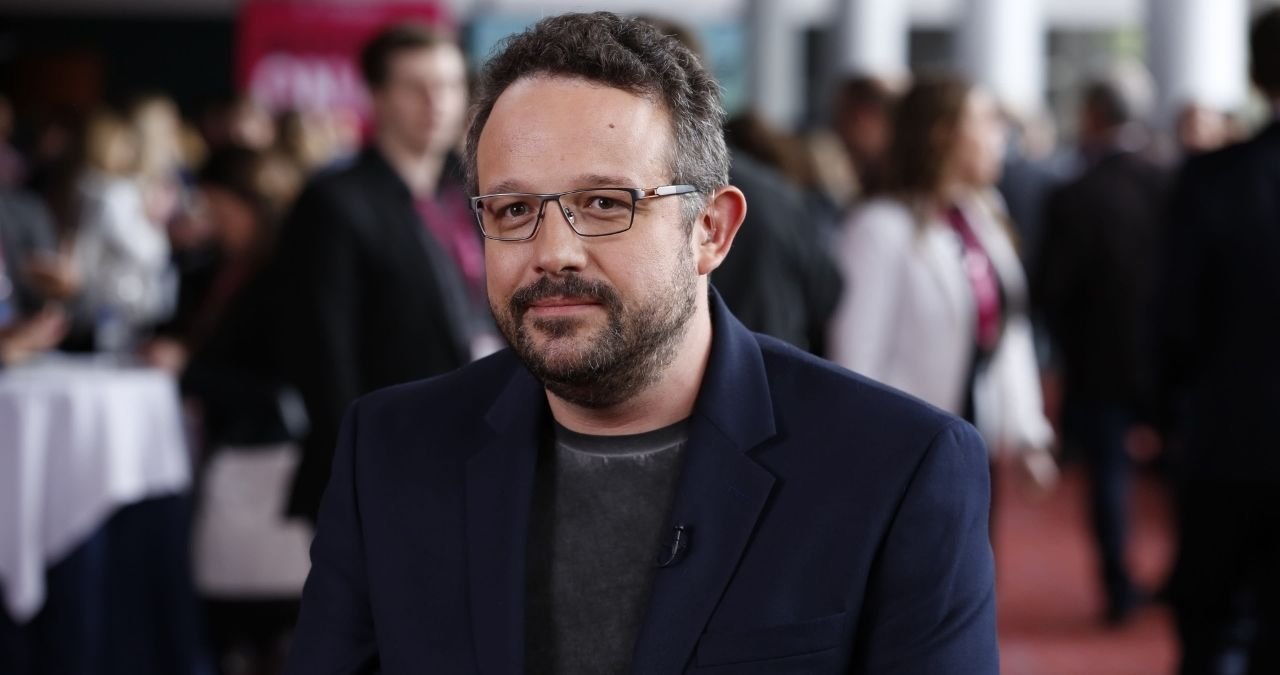Phil Libin has experience on both sides of the counter. As an entrepreneur, he is co-founder and executive chairman of Evernote, which functions as an online notebook and has around 200 million users. As a venture capitalist, he works at the investment fund General Catalyst, which has Snapchat, Kayak, and Airbnb in its portfolio, choosing startups to fund.
In his talk at HSM Expo, an event for executives in São Paulo, he started by talking about tradition. “The scarcity-based economic model says that if your price is less than the [user’s] perceived value, you should try to close that gap at any cost: that’s what airlines do because they see there’s money on the table.”
For startups, however, he finds the theory of Robert J. Dolan, a professor at Harvard Business School, more suitable, who defends increasing perceived value and not price. “You want that gap between the two to be as big as possible to serve as a motivation,” he continued. “In a digital economy where attention is disputed, this is the difference that in the long run creates user retention.”
It’s all part of Evernote’s business model, made up of just three graphs that have already won over many investors: one that shows the growing number of subscribers, another that proves their retention, and a third that demonstrates that the more time the user spends on the platform, but sees value in it.
“You can acquire more users with growth strategies, but the retention metric is something you can’t buy,” he summarized. Pricing itself, however, has no magic recipe. “We have no idea what the ideal price is: you have to continually test it,” he advised.
Technologies of the future
Libin said he came up with the idea for Evernote after holding the first iPhone in his hands in 2007. There were good versions of technologies that had been around for a while, like touch screens, cloud computing, and application implementation. “When I looked at that, I felt like the next five years would make sense,” he recalls.
With all his experience in Silicon Valley, the American explained that he didn’t take the theory off his hat: technology has cyclical peaks. It first appears in labs and academic environments, pass on to early adopters, and eventually becomes good enough to be commercialized, used by entrepreneurs, and grows exponentially.
In the warm periods of this S-shaped curve, he said, the big tech companies appear. Amazon, for example, emerged in the 1990s when the internet became commercially viable. Google appeared in the 2000s thanks to the best search and payment systems. And in 2007, the most recent peak, the development of mobile devices, social networks, and Big Data brought successes such as Dropbox, Uber, Airbnb, and Evernote itself.
This is the framework he uses when evaluating startups as venture capitalists. “People always say the bubble burst when things calm down, but in fact everything is out there,” he summarizes. It’s just not ready yet – and creating the company or investing in it at the right time makes all the difference.
Currently, Libin is closely watching the development of NPLs (Natural Language Processing), messaging apps, drones, virtual reality, the internet of things, APIs (application programming interface), and machine learning, when the machine learns on its own.
Together, he believes, such technologies will create a better experience for the user, in which he interacts with objects more naturally. Instead of buttons, it will use voice commands, for example. “How we write, read and direct – or don’t direct – will change with these advances,” he said.
(He has other technologies, such as augmented reality, self-driving cars, and quantum computing, in his pocket for a closer look five years from now. “They’re promising, but they’re not ready yet!”)
And if you run into Libin on the street, what would be the perfect pitch? “Tell me what the world will be like if your company is successful and why I would like to live in it,” he advised. “It is very easy to exclude ventures using this question alone as a basis.”
Also Read : Financial Market And Social Impact? Understand Working With Social Finance




